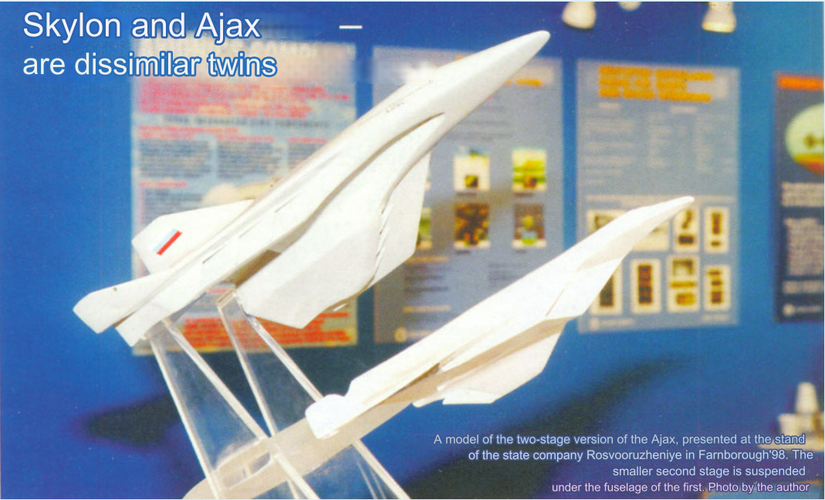antigravite
ACCESS: Top Secret
- Joined
- 25 April 2008
- Messages
- 836
- Reaction score
- 258
Re: Ajax hypersonic vehicles with MHD propulsion
A.
I've been privileged to be a direct witness of this episode. Therefore, it took me about 30mn to read through the entire thesis, and make sure it was not representative of what I actually saw, understood and accessed. Parts of my studies were related to History of Science & Technology so the conceptual blah blah, I knew it already, meaning I did not skip it, I understood very fast the authors' point. And no, I won't expand on what is missing, and/or misrepresentative of what I witnessed.Mr London 24/7 said:If you're saying you have corrections on Ajax to add to the topic I don't see anyone particularily pushed for time...
A.




